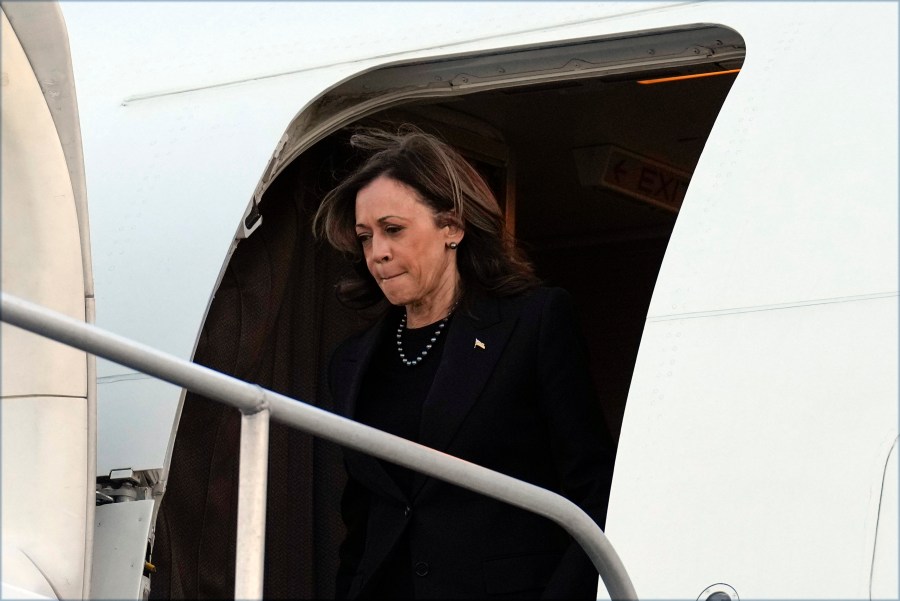As the November elections draw near, nerves among Democrats are palpable, vastly contrasting the previously optimistic outlook for Vice President Kamala Harris’s campaign against former President Donald Trump. Despite earlier feelings of confidence, party members are increasingly expressing concern over several issues, including stagnant poll numbers, Harris’s messaging strategy, and her appeal to key demographic groups, especially Black and Hispanic men. Observers within the party note a trend of escalating anxiety, which some attribute to the unprecedented nature of the current political landscape—making predictions difficult and further intensifying the pressure on the campaign.
Democratic strategists are acutely aware of the historical significance of this election, noting that it features an African American woman on the ticket for the first time and a former president campaigning again. Such unique circumstances, combined with a series of assassination attempts and general unpredictability, have led to a pervasive sense of unease among party members. Jamal Simmons, who served as Harris’s communications director until recently, emphasizes the difficulty of assessing voter dynamics and trends in this unfamiliar context. With little ground for assurance from past election outcomes, many strategists assert that anxiety is a natural response for anyone closely monitoring the race.
Despite some unsettling developments, recent days have also brought good news for Democrat hopefuls. Economically, Harris gained traction following a positive jobs report, and inflation rates have exhibited signs of slowing. Moreover, certain national polls suggest that Harris has begun to outpace Trump, showing a slight lead among likely voters. Nevertheless, these favorable indicators are tempered by the reality of competitive battleground state polling, where neither candidate can claim a significant edge. Many Democrats attribute their persistent sense of dread partly to the surprise outcome of the 2016 election which saw Trump win against Clinton, increasing the stakes for this electoral battle.
Democrats have long embraced a mindset of apprehension, a sentiment underscored by ongoing concerns regarding Harris’s effectiveness in communicating critical campaign messages, particularly around economic issues. As Democrats race against the clock, efforts to engage undecided voters—such as Black and Hispanic demographics—come into sharper focus. Party insiders emphasize the need for clarity and resonance in Harris’s economic messaging, which has frequently been flagged as lacking impact. Simultaneously, major donors remain cautious, with mixed feelings about the campaign’s overall positioning as Election Day approaches.
In response to criticism regarding her visibility in media engagements, Harris has ramped up her outreach, participating in various high-profile interviews across diverse platforms. From CBS’s “60 Minutes” to podcasts and late-night shows, this media blitz aims to create a stronger connection with critical voting blocs. While strategists recognize the potential benefits of these appearances, they express dissatisfaction with the effectiveness of her messaging—arguing that it’s crucial to convey a decisive and compelling narrative rather than still fine-tuning her pitch so close to the election date.
Though campaign efforts seem to be on the right track regarding fundraising and grassroots mobilization, doubts remain about whether these initiatives will yield the desired results. Many consultants point out that the campaign’s strategy must be robust enough to overcome prevailing challenges, emphasizing that the journey to election day is fraught with uncertainty. As the countdown to the election continues, the question of whether Democratic efforts will suffice looms large, contributing to a heightened sense of urgency and concern across the party.

